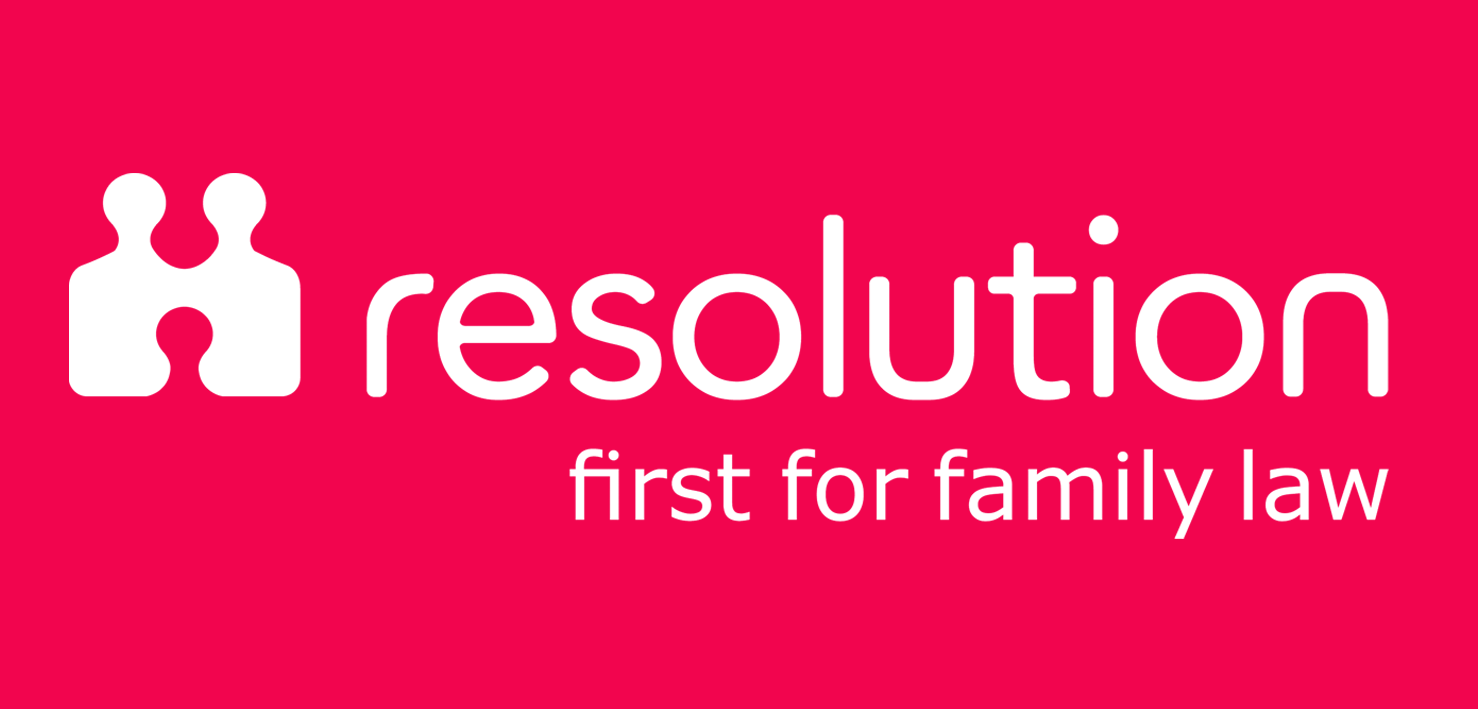The cost of a conveyancing solicitor can vary depending on the complexity of the transaction, the value of the property, and whether the property is freehold or leasehold.
We are committed to providing straightforward information about legal fees at the outset of every instruction and to giving clients choices about pricing structures and payment methods.
Across different work types there are alternative pricing models. Some of these only apply to certain types of work but throughout the firm there is a commitment to openness and transparency and to ensure that all our clients fully understand the likely cost of their work and the choices that are available to them.
We are accredited under the Law Society Conveyancing Quality Scheme (CQS), so you can be confident our pricing is transparent and compliant with best-practice guidelines.
What are disbursements?
Disbursements are additional costs incurred during the conveyancing process, which are paid to third parties.
These can include:
- Local authority searches
- Land Registry fees (based on the property’s value).
- Stamp Duty Land Tax (if applicable, based on government thresholds).
- Bank transfer fees for handling funds
Why might costs be higher?
- Leasehold properties: These require additional work, such as reviewing lease agreements and liaising with managing agents.
- Unforeseen legal issues: Disputes over boundaries, restrictive covenants, or missing title deeds can increase fees.
Visit our Legal Fees page for transparency on the typical range of our fees and disbursements.





